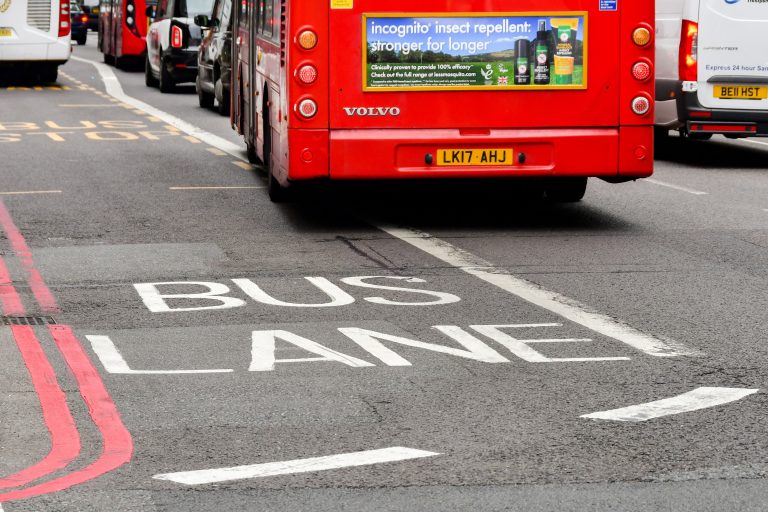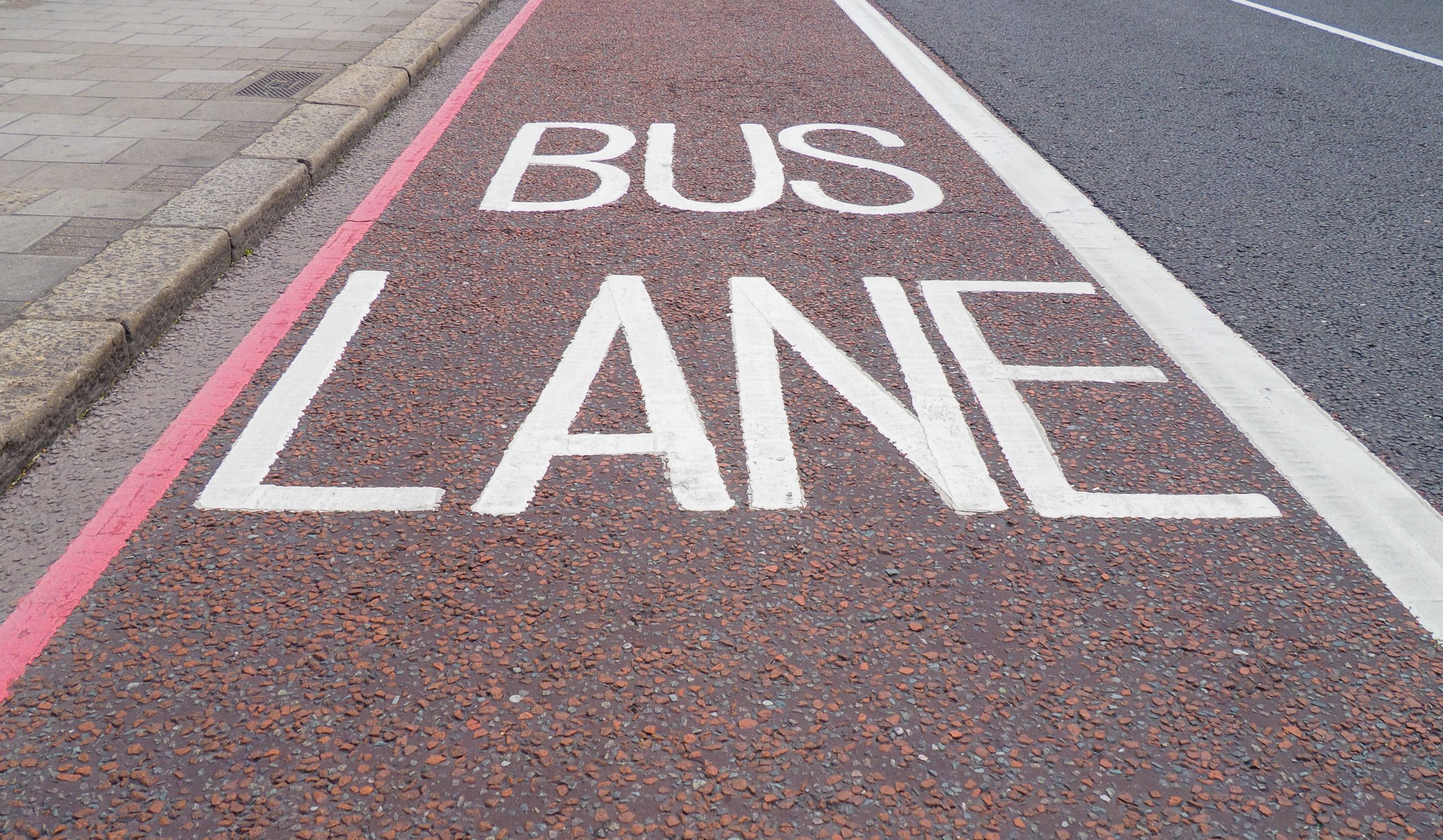
Transport for London (TfL) has been using red routes for over 30 years to reduce congestion on major roads and many councils are now considering how to learn from TfL’s experience. The importance of red routes is highlighted by the fact that London’s red routes carry 30% of the city’s traffic, but are applied to only 5% of London’s road network.
Red routes prohibit vehicles from stopping on these defined routes and are indicated by single or double red lines. Double red lines prevent any parking, stopping, loading or unloading at any time, whereas single red lines limit stopping to certain times.
Red routes are most effective in urban areas with heavy traffic flow, and are strategically chosen based on various factors such as high traffic volumes, key commuter routes, and areas prone to congestion.
By keeping these vital arteries clear of parked vehicles, red routes facilitate the smooth movement of traffic, especially during peak hours. This not only benefits motorists and pedestrians by preventing anti-social parking, but also enhances the efficiency of public transport networks, such as buses or trams. By prohibiting stopping or parking along these routes, authorities aim to maintain a continuous flow of traffic, not only to alleviate congestion but also to reduce journey times for all road users.

The free flow of traffic facilitated by red routes can also contribute to environmental benefits, including reduced emissions and improved air quality. With fewer vehicles idling in traffic jams, overall fuel consumption and pollution levels will be lowered, contributing to a cleaner urban environment.
Bus lanes prioritise public transport and reduce journey times for bus passengers. However, the effectiveness of bus lanes can be compromised when they are blocked by parked vehicles or unauthorised traffic. Using red routes helps to ensure that bus lanes remain clear and unobstructed, making bus transport more efficient and encouraging more people onto public transport. In cities that have narrow roads that can’t accommodate an additional bus lane, red routes can be particularly effective in keeping the roads clear for buses. For example, Brighton and Hove City Council is planning to introduce red routes to help free flow of buses and reduce private vehicle traffic.
Effective enforcement is critical to the success of traffic red routes and bus lanes. CCTV cameras strategically positioned along red routes and bus lanes capture real-time footage of traffic violations, providing evidence for enforcement purposes. ANPR technology further enhances enforcement capabilities by automatically scanning vehicle registration plates and cross-referencing them with databases to identify offenders. This technology empowers authorities to maintain red routes and bus lanes, ensuring their effectiveness in reducing congestion and improving traffic flow.
The technology allows parking departments to work smarter and more efficiently and also captures infringements more effectively, with accurate proof to reduce the number of PCN challenges. Enforcement of red routes integrates seamlessly into the existing back-office enforcement system, so is easy for the parking team to manage. Although the introduction of red routes may result in an increase in the number of PCNs, an efficient, scalable back-office system will be able to cope with higher volumes.
As cameras on bus lanes and red routes are highly visible, this also encourages better driver behaviour, as motorists know that there is a higher risk of contraventions being identified through the cameras.
Before rolling out red routes at scale, many councils introduce pilot schemes to test the effectiveness of the approach. For example, Stoke City Council has introduced red routes on some of its central roads and has applied Taranto’s ANPR solution integrated with the Taranto Back Office to enforce the free flow of traffic on the red routes. The initial trial has proved successful and as part of the city’s Bus Service Improvement Plan, Stoke is now extending red routes monitored by cameras along strategic routes across the city. The improvement plan is backed by the Department for Transport and Stoke is spearheading the campaign to improve bus services, with the aim of diverting private vehicle users onto the bus network.
As technology continues to evolve, the enforcement of red routes and bus lanes will become even more efficient and will ultimately contribute to improving the road networks and the wider environment.
For more information on how Taranto can help with red route implementation,
Lewis Wray is Managing Director of Taranto Systems and Group Manager of Modaxo. He has led the Taranto team for over 10 years, during which time he has overseen the establishment of Taranto as the public sector platform of choice in parking, road user charging and tolling. Lewis has driven Taranto’s innovation journey across both customer facing and back office systems, including the recent transition to a Cloud-based, Platform as a Service (PaaS) solution. The first of its kind in the industry, Taranto’s PaaS system represents a landmark development in parking and enforcement technology infrastructure.
